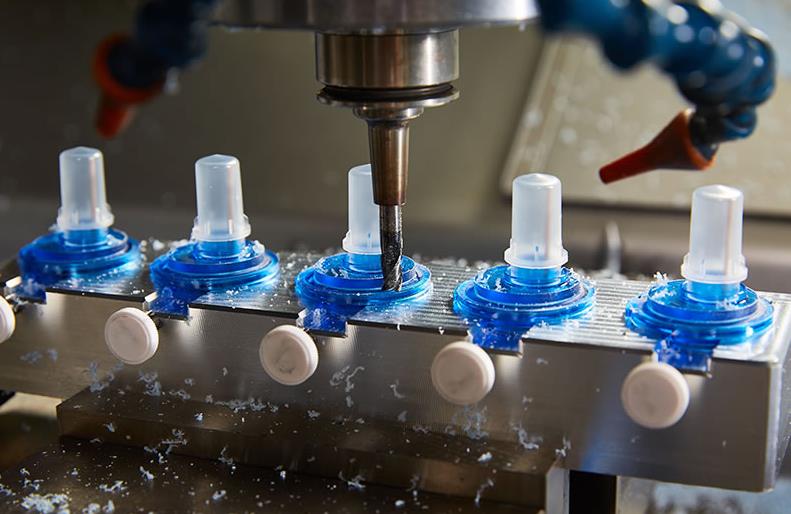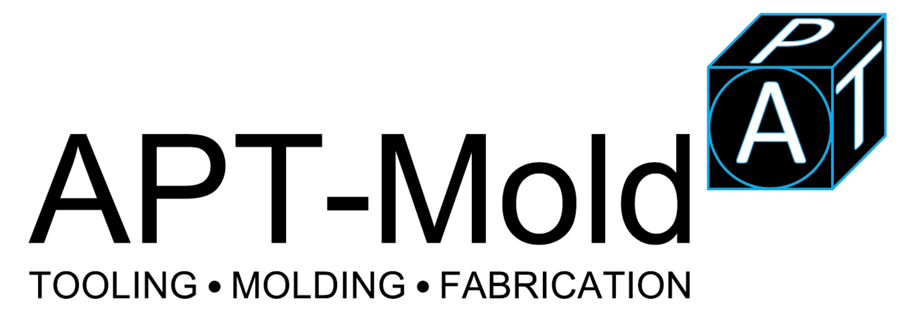Rapid tooling is the procedure which finally results in combining conventional tool practices along with rapid prototyping technique. This produces a mold quite quickly or some parts of a functional model from the CAD data in a short time and at a relatively low cost than the traditional matching means.
Rapid tooling, commonly referred to as RT is typically used as a rapid prototyping or RP model. The pattern uses rapid prototyping process to directly fabricate the tool for a certain volume of the prototypes.

rapid tooling machines, *picture frommenafn.com
When the quantity of production is huge, an expensive tooling cost is usually justified. But for small amount of manufacturing requirement, quick tooling procedure at an economic price is necessary. The procedure of tooling system involves the following steps – prototyping or functional tests, evaluation purpose, sample for marketing, production process design and so on. That’s why RT or rapid tooling is becoming more popular and widely used in the contemporary manufacturing industry, especially in the product development cycle in small businesses.
Some of the main advantages of this system are as follow :
The tooling time is way too shorter than a conventional tool. Also, the time of first articles can be less than about one fifth of the conventional tooling process. Naturally, the price too is reduced than the traditional tooling cost.
Take a look at the benefits of the injection tool molding:
- prototypes in the production material takes little time.
- allows total fit and functional testing
- discover any specific design imperfection at the early stage
- Low cost tooling opens the scope of design modification and necessary refinement
- preceding production process is an essential part – the molds can produce more than thousands of parts.
Here are some benefits of rapid tooling for manufacturing:
- It has a reduced tooling lead time – the normal development time is quite less than traditional process which takes months. However, RT takes about a few weeks or even days to be accomplished.
- It allows functional test of parts during the initial designing process
- It has a low cost for manufacturing. Such a low expense allows real trials very much affordable.
- Data CAD or direct transfer mode – here many imperfection during drawing misinterpretation can be overcome. This is enabled through the use of original CAD model through the ROP process followed by the RT procedure.
- Because of little tooling manufacture time and relatively low expense in using rapid tooling, most of the engineers prefer to make the parts for functional test right in the early designing process. And as a result, most of the designing glitches can be identified and fixed even before production. This not only saves most of the design failures, but also reduces hassles and cuts production cost.
Now, we will discuss some of the rapid tooling constraints.
- Even though many of the engineers prefer to use RP, it is not yet glitch free. Often time, the rapid RP systems are quite slow and limited in scope. Therefore these cannot make parts of a wide range of multiple materials at a fast pace. Also, it is inadequate to perform in an enormous range of industry requirement. Though the process is ideal for small industry, due to its cost effective range, it’s not yet ideal for the large industries. That’s why conventional processes including molding and casting are still used in such industry despite of having several technical glitches, hassles, and expensive rates.
- RP is frequently used as a technological path and make the entire manufacturing process quiet faster, cheaper and obviously, better. Undoubtedly this is one of the most important applications of the direct manufacturing system.
- The two fundamental ways of making the tooling molds by using rapid prototyping are designed by the RP system directly. And the RP generated parts are used as the patterns of mold fabrication during the secondary or indirect molding system.
Direct fabrication procedure – Casting and molding are the advanced RP processes that are developed in order to meet particular application as well as material requirement. elective laser sintering or stereolithography are generally the forms of basic RP procedures that are developed for particular applications.
Secondary or indirect procedure – Though RP materials have expanded extensively since the last few years and of course, improved a lot, there’s still some limitations. Some specific applications still require traditional tooling systems. In some of such cases (not all the cases though) secondary means is applied.
Here are some of the RT choice methods:
There are various paths available to achieve a final tool or functional part of the tool. These depend on the purpose, required volume, final material and specifications, applied RP process and so on. Various other factors influence the end result – whether the process is successful or not.
We hope the article has provided a clear insight into rapid tooling. Share your thoughts.
